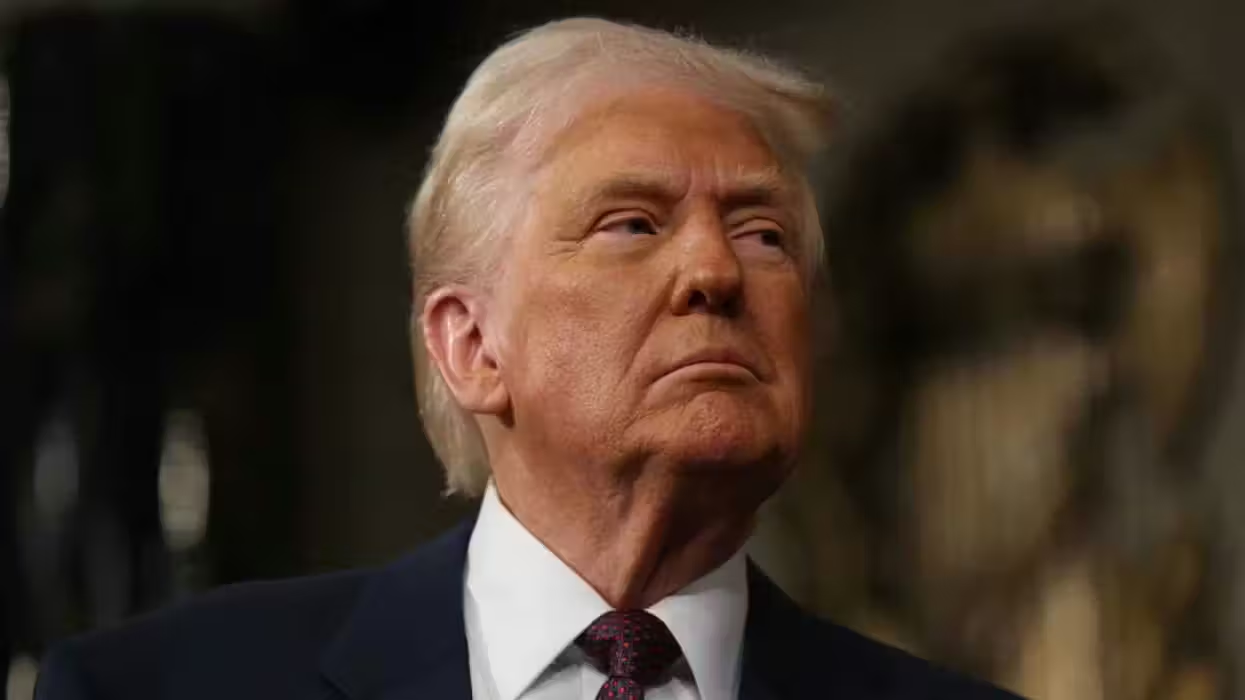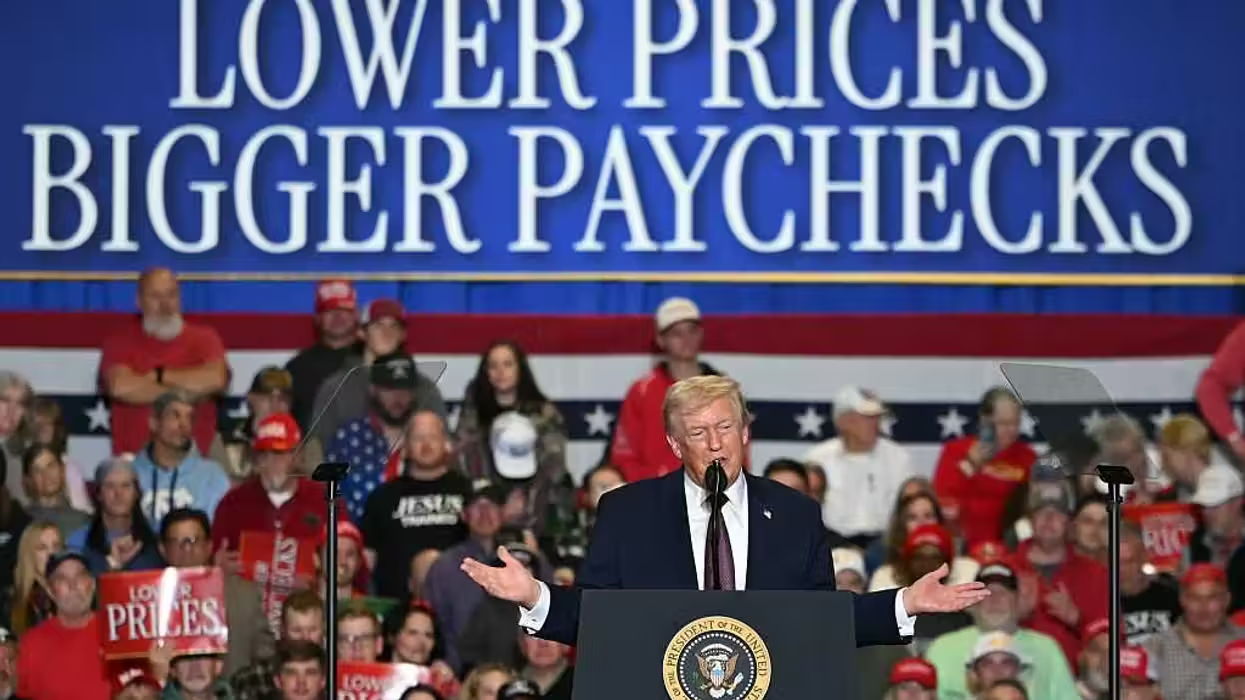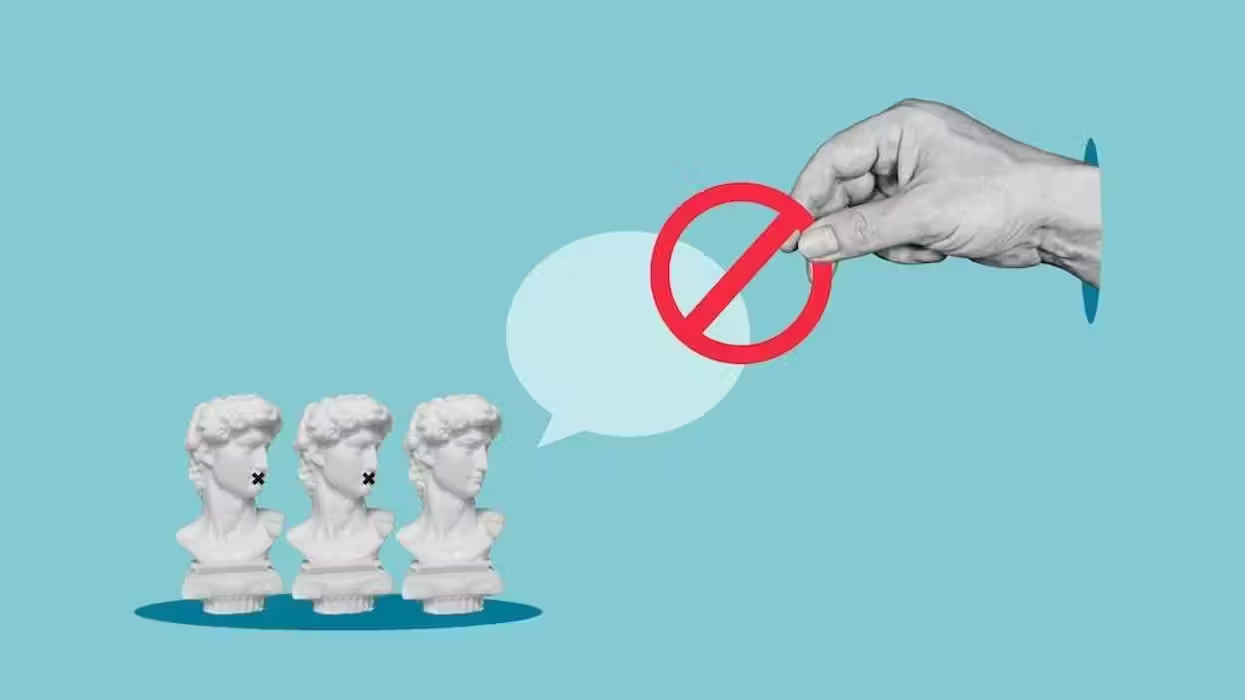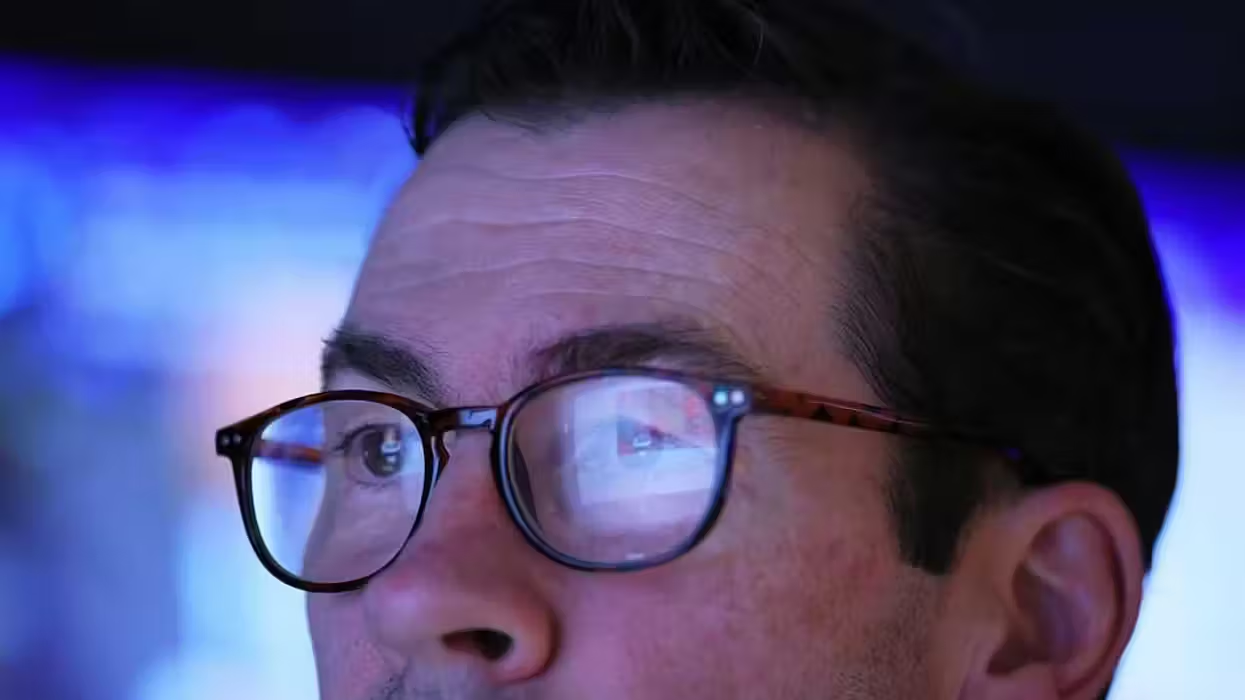
© 2026 Blaze Media LLC. All rights reserved.
Does Raising Taxes Lead to More Gov't Revenue? Professor Shows How the 'Laffer Curve' Debunks Liberal Myths
September 10, 2012
"...if we want to decrease the deficit, it actually might be impossible through increasing taxes."
Will raising taxes on America's wealthy actually bring in more revenue? While liberals would argue -- and, quite definitively -- that it does, UCLA professor and author of "Left Turn" Dr. Tim Groseclose makes a very different case. In a new course for Prager University, radio host Dennis Prager's unique, online "college" for conservatives, the educator explains the revered Laffer Curve (an economic chart and theory created by famed economist Arthur Laffer).
TheBlaze connected with Groseclose last week in anticipation of the course to speak further about taxation and the potential dangers of raising tax levels above a certain breaking point. To begin, we asked Groseclose to explain, in layman's terms, the purpose of the Laffer Curve.
"It shows the relationship between the tax rate that a government charges and the tax revenue that it actually gets," he explained. "And one of the most unintuitive parts...is that it shows that with very high tax rates, it's got to be the case that when you increase the rate, you actually decrease revenue."
This, of course, is the exact opposite of what many liberals claim will happen when tax rates are increased. Despite the vast majority of Democratic opinion that rails against the Laffer Curve's theoretical constructs (at least when it comes to lower-level tax rates), Groseclose claims that its tenets are "very uncontroversial among economists."
According to the professor, at least one study shows that Laffer Curve's breaking point for taxation is 33 percent. Thus, increasing the tax proportion above this rate could, in theory, become counter-productive, leading to decreased revenues, despite an elevated tax rate.
"So, [the curve] says that if we want to decrease the deficit, it actually might be impossible through increasing taxes," Groseclose told TheBlaze. "It might be the case that the only way to do that is decreasing spending."
Watch Groseclose's five-minute course, below, to learn more about the curve's history and practical application:
Click here to learn more about this course and others on the Prager University web site.
--
Related:
Want to leave a tip?
We answer to you. Help keep our content free of advertisers and big tech censorship by leaving a tip today.
Want to join the conversation?
Already a subscriber?
Billy Hallowell is a digital TV host and interviewer for Faithwire and CBN News and the co-host of CBN’s "Quick Start Podcast."
Billy Hallowell
Billy Hallowell is a digital TV host and interviewer for Faithwire and CBN News and the co-host of CBN’s "Quick Start Podcast."
more stories
Sign up for the Blaze newsletter
By signing up, you agree to our Privacy Policy and Terms of Use, and agree to receive content that may sometimes include advertisements. You may opt out at any time.
Related Content
© 2026 Blaze Media LLC. All rights reserved.
Get the stories that matter most delivered directly to your inbox.
By signing up, you agree to our Privacy Policy and Terms of Use, and agree to receive content that may sometimes include advertisements. You may opt out at any time.







